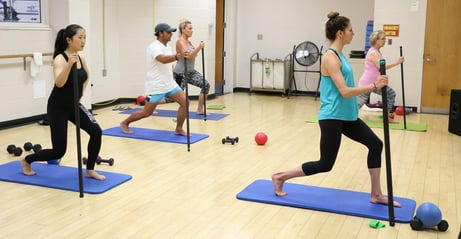 Change is scary. Getting in a comfort zone, routine, or pattern is easy. But why is change for success so trendy nowadays? This applies to all areas of life. Change your diet habits and you start to “magically" lose weight. Change your workout routine and you start to “magically" see results. Change your spending habits and you start to “magically” save more. Change your mind and commit, and you realize change isn't scary; it’s successful.
Change is scary. Getting in a comfort zone, routine, or pattern is easy. But why is change for success so trendy nowadays? This applies to all areas of life. Change your diet habits and you start to “magically" lose weight. Change your workout routine and you start to “magically" see results. Change your spending habits and you start to “magically” save more. Change your mind and commit, and you realize change isn't scary; it’s successful.
Use Change to Make Changes
I have worked at many fitness studios and gyms, tried many fitness trends and challenges, and been given crap when I tell clients we are doing something different today. But then I explain why and it changes their minds. I'm a firm believer in giving it a chance. You can try something new, and if it doesn't work or you don't like it, we can always change it back to what it was.
I started at NIFS not realizing how much they change the workouts to keep creating beneficial results. I was prepped to manage a typical gym where trainers just keep making you pick up the same weights, do the same motions, and make you do something you “hate” to make it seem like the workout was hard and make bank off that concept. The NIFS program changes weekly. You’re set on a four-week plan, but the staff varies your workout routine in that time by changing your sets, reps, and weights. Then by week 5, there is a new plan, new changes, new results, and new continued growth.
Here are some examples of the experiences and results you can get from working with various members of the NIFS staff:
- Take a small group training class from Mike or Alex, guiding you through this process with motivation to make it easy.
- Take a Barre class with Rachel and she uses the same concept with a gentle tone, breath cueing, and education as to why your muscles might start shaking in temporary discomfort the way they do: because they are changing; because they are growing stronger!
- Try a program challenge with Jessie, and you’ll see that the success stories of members we put up on the Brag Board who are excited to share their accomplishments are truly amazing. It's because they weren't bored doing the same thing weekly. The variety created results, change, strength, and an awesome brag-worthy story.
- Weight loss is another common goal for members, and we have a program specifically for that with Lindsey. Did you know that more than 50 percent of her day is spent with members who are accomplishing weight-loss success with her guidance? She plans fun meet-ups and gatherings so her clients don't lose track of their goals with the common "weekends don't count" excuse.
- Thomas might arguably have the hardest job out there. "My TV channel isn't working,” or "This machine is broken,” are just a few things I have heard members say to him. Within 24 hours, I bet it has been fixed. Because Thomas cares about the members’ happiness—whether that's watching their favorite show or working out on their favorite machine—he is the handyman of the team. Feedback is his cue to grab the toolbox and take action.
Teamwork Does Make the Dream Work
With a wide variety of options, there is always something for everyone. As a team, we don't let change hold us back. We teach our clients that change creates results. We all practice change daily and are never doing the same thing at our desks, but we’re creating programs, events, or requests that will change a member’s experience to be the most beneficial. So are you ready to change your mind, change up your routine, and achieve your goals? There are endless options. Find a place to start and follow through. We are here for you!
This blog was written by Brittany Ignas, BS in Kinesiology, 200 Hour Yoga Alliance Certified, Stott Pilates Certified, and Fitness Coordinator. To find out more about the NIFS bloggers, click here.


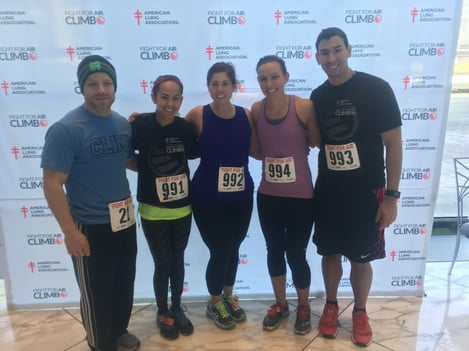 A few years back I participated in my fourth
A few years back I participated in my fourth 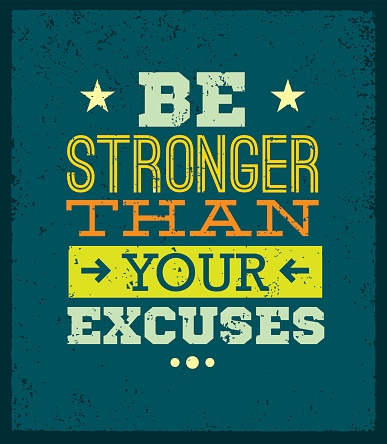 Of the many lessons that the recent events have provided, one that stands out to me is that anybody can be anything if they take action and pursue it.
Of the many lessons that the recent events have provided, one that stands out to me is that anybody can be anything if they take action and pursue it. 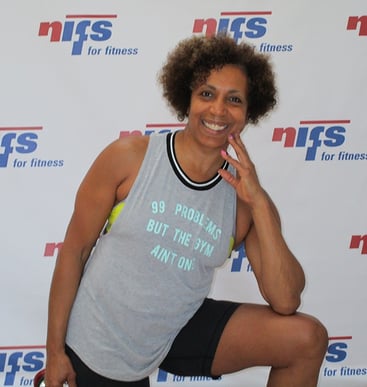 For the next installment of
For the next installment of 
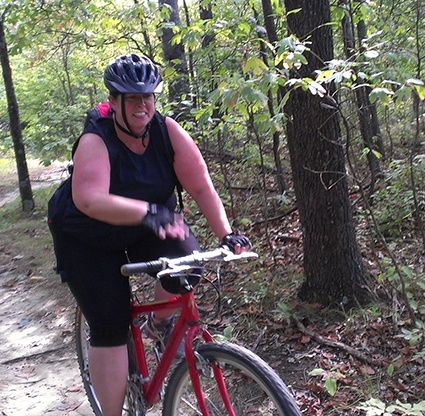 There comes a time when a story of struggle, strife, and success must be shared to remind others that you are never alone in your battle, and that achievement and happiness are closer than you may think. Katie Feltman has such a story.
There comes a time when a story of struggle, strife, and success must be shared to remind others that you are never alone in your battle, and that achievement and happiness are closer than you may think. Katie Feltman has such a story. 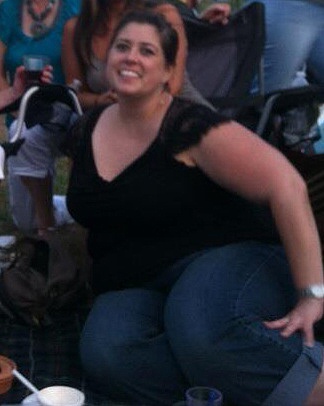 You’d think with the scary words the doctor was saying I would have walked out of there that day and taken charge of things right then. But change isn’t like that—not for me, at least. I was frustrated with how I felt, and I know this will sound superficial but it is true: I hated how I looked, which I didn’t realize then but now know was key to my struggle. Self-hate = no self care, and that was how I was living my life. I was living life in a muted capacity, and I lacked the motivation to do something about it—any of it.
You’d think with the scary words the doctor was saying I would have walked out of there that day and taken charge of things right then. But change isn’t like that—not for me, at least. I was frustrated with how I felt, and I know this will sound superficial but it is true: I hated how I looked, which I didn’t realize then but now know was key to my struggle. Self-hate = no self care, and that was how I was living my life. I was living life in a muted capacity, and I lacked the motivation to do something about it—any of it.
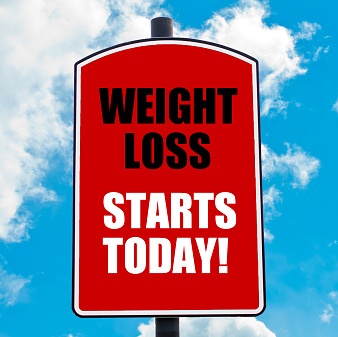 Weight loss tends to be one of the most controversial topics talked about, but I want to take a positive approach. With the new year right here, weight loss tops the list of many people’s New Year’s resolutions.
Weight loss tends to be one of the most controversial topics talked about, but I want to take a positive approach. With the new year right here, weight loss tops the list of many people’s New Year’s resolutions. 

